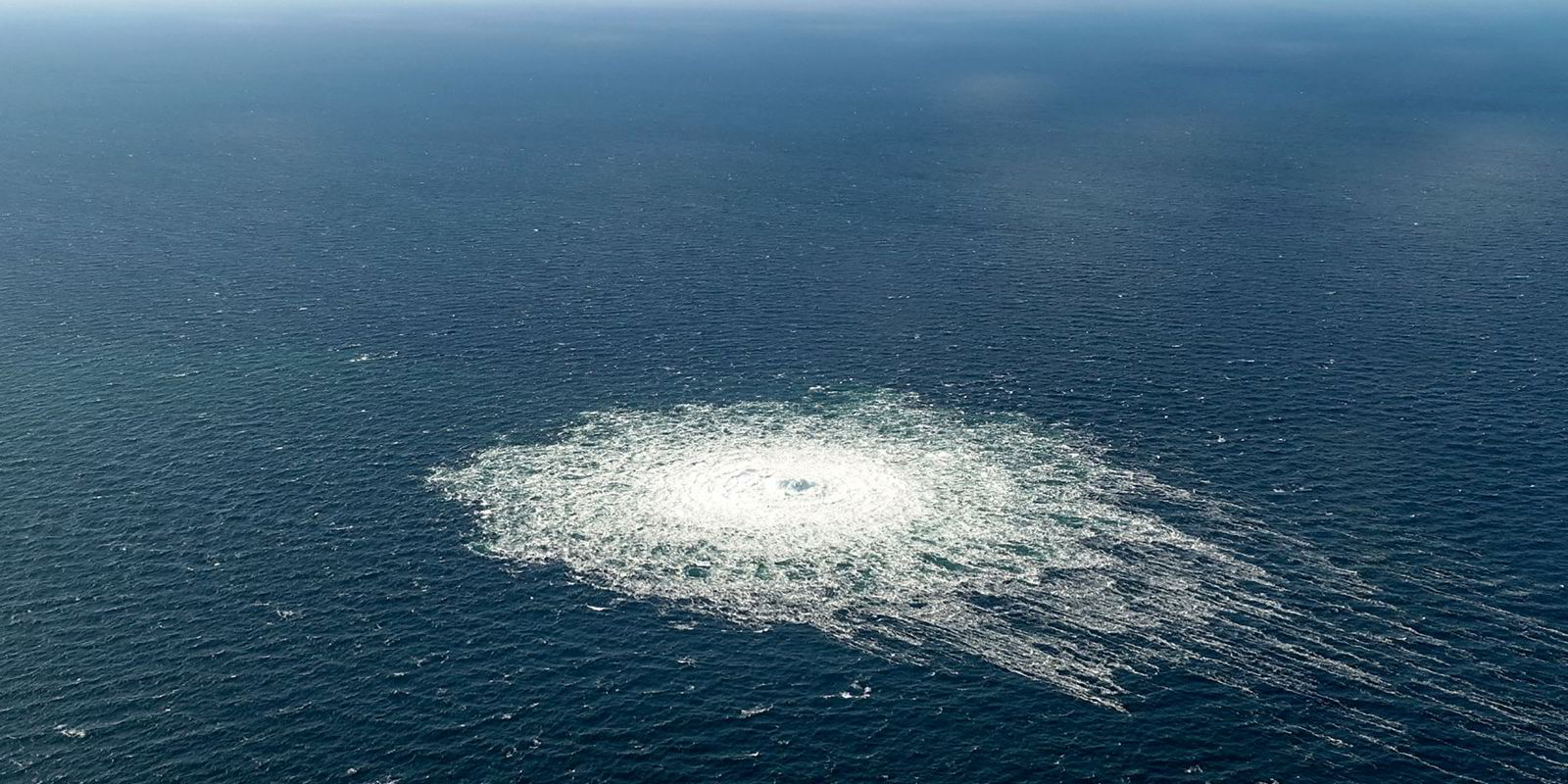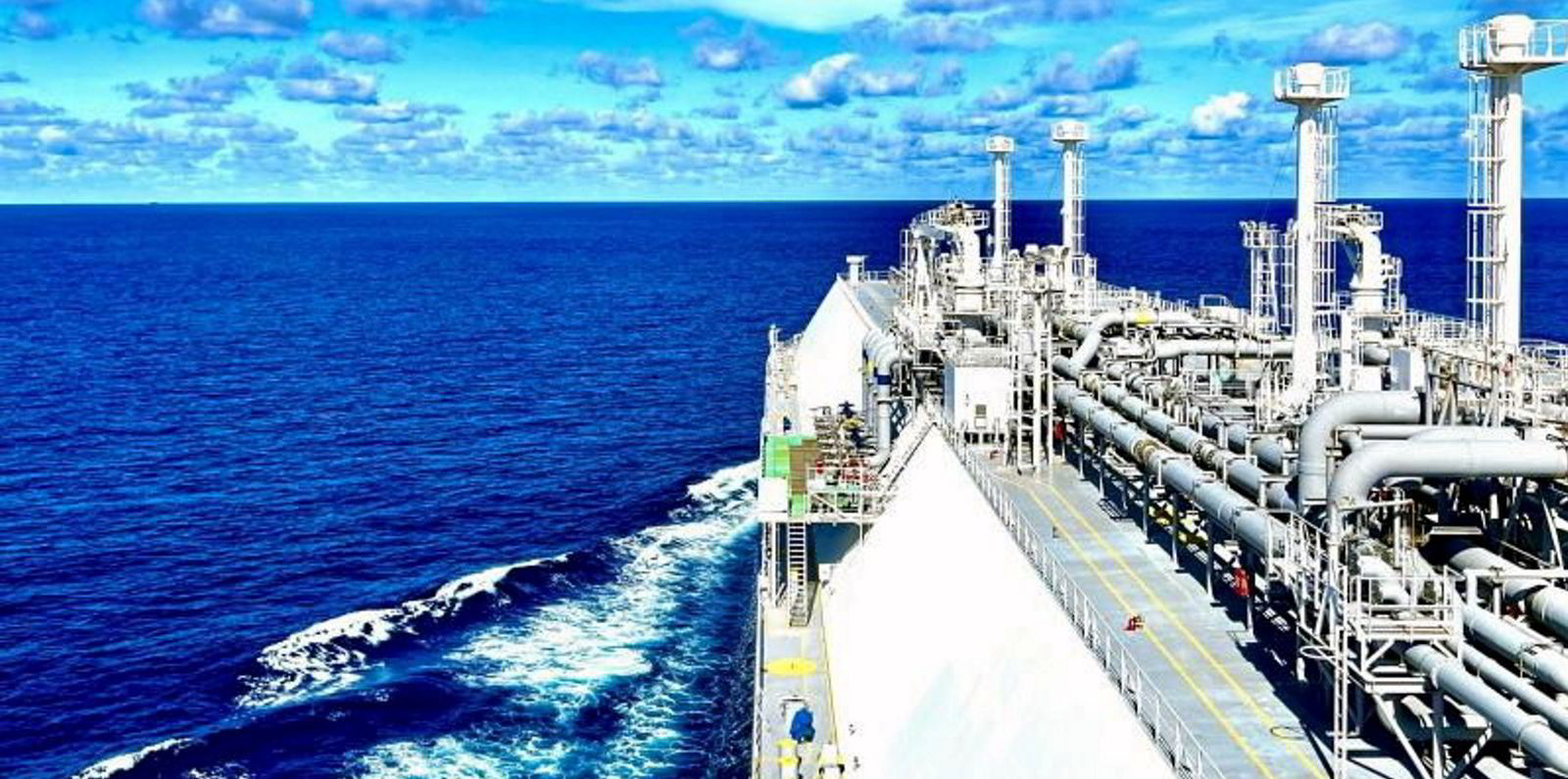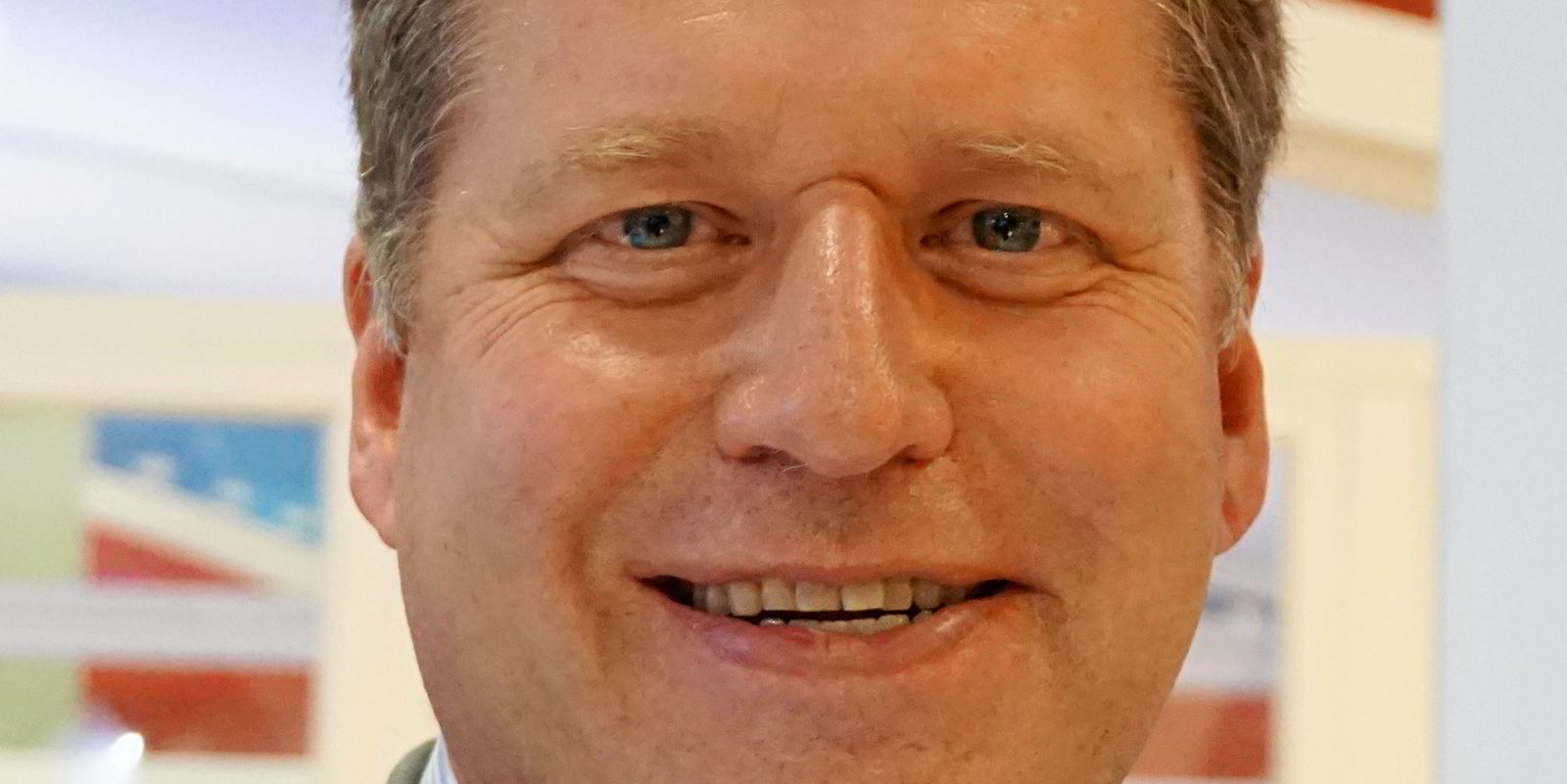Recent predictions that freight rates for LNG carriers could soon hit $500,000 per day have highlighted the extraordinary boom in this sector of the shipping market.
It is not hard to work out where it largely stemmed from — the Russian invasion of Ukraine — but the demand squeeze for maritime capacity is beyond expectations: one broker told my colleague Lucy Hine rates could hit $1m.
“If you need a ship, it’s really past that date,” another broker said, signalling the sheer sense of panic going on in the markets as power companies desperately try to find new sources of gas as Russia turns off pipeline supplies to Europe and sanctions bite.
Traders and charterers are also loading up vessels in a bid to hold onto gas for future supply because forward gas prices are now higher than current ones, the famous contango market.
Energy security is number one
Congestion at European import terminals and slower steaming time to save fuel is also putting upward pressure on shipping supply capacity and therefore rates.
Russell Hardy, chief executive of trading giant Vitol, told a Singapore energy conference that Europe’s LNG infrastructure was basically “full”.
He also spelt out a view I have previously expressed in this column that governments have recalibrated their thinking on the green agenda — whatever they say in public.
“Energy security is number one. Price is number two. Sustainability is number three,” Hardy said.
It is regrettable because these kinds of exigencies should have been considered.
One tiny example of the total lack of long-term planning: How was it possible for a British government to allow its privatised utilities to close down all of the UK’s gas storage capacity on the grounds they didn’t make immediate profits? This wake-up call delivered by Russian President Vladimir Putin may make ministers globally rethink energy as a “strategic” industry closely linked to military capacity. Shipping could benefit from this and the current energy squeeze is not going away.
In its latest quarterly forecast released this week, the International Energy Agency said: “Russia’s continued curtailment of natural gas flows to Europe has pushed international prices to painful new highs, disrupted trade flows and led to acute fuel shortages in some emerging and developing economies, with the market tightness expected to continue well into 2023.”
Tensions around the energy crisis have been exacerbated by the explosions in the Baltic Sea on Nord Stream 1 and 2 pipelines from Russia to Europe. Neither was officially working — 1 has been taken out of service by operator Gazprom allegedly for maintenance and 2, which is brand new, has not yet been finally commissioned — but symbolically it has worried Western governments that further power infrastructure may be threatened or even knocked out.
Gas-guzzling has history
The gas-guzzling started of course before the Kremlin started its reckless move on Ukraine. The United Nations Paris Agreement in 2015 led to the closure of coal-fired power stations and triggered a new dash for less-polluting gas, which helped to encourage significant new LNG capacity planned or coming on stream in Qatar, Australia and the US.
France’s TotalEnergies — the number one LNG exporter from the US — said last week that it was planning to ramp up its capacity from 10 million tonnes per annum now to 13 mtpa in that country but Europe needs to increase its receiving capacity too.
Nations from Germany to Finland have been bulking up their LNG-import capacity by chartering in floating storage and regasification units. This week, Excelerate Energy signed a newbuilding deal for an FSRU at Hyundai Heavy Industries in South Korea. This is the first new vessel of this kind for the Texas-based company for 17 years, and president and chief executive Steven Kobos cited the need for capacity to provide energy security as well as back up to renewable power.
The wider LNG fleet of gas carriers is growing as well, with record newbuilding orders in the first half of 2022 and QatarGas now alone holding 54 newbuilding orders in South Korea.
Affinity (Shipping) has estimated 300 new vessels may still be needed to meet growing LNG global export capacity either currently being constructed or expected to be given the green light before the end of the year. Landside infrastructure may be struggling to cope but gas is lighting up the shipping sector.





